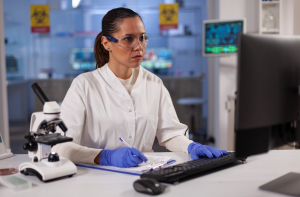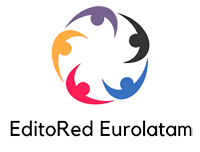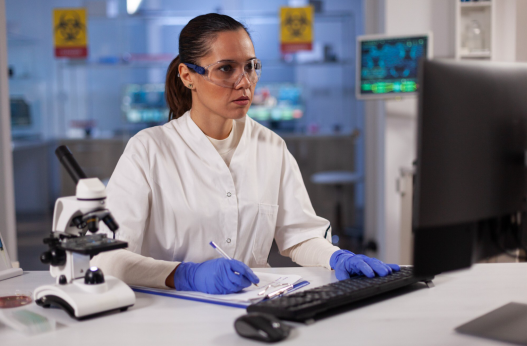
WOMEN ACCOUNT FOR 41% OF TOTAL EMPLOYMENT IN SCIENCE AND ENGINEERING IN THE EUROPEAN UNION
By Asier Martínez Jurio / Aquí Europa
In 2022, there were almost 7.3 million women scientists and engineers in the European Union (EU), which is 310,500 more than in 2021. The figure represents 41% of total employment in science and engineering.
Women working as scientists and engineers were mainly employed in the service sector, which accounted for 46% of scientists and engineers in this sector, on the other hand, in the manufacturing industry sector, only 22% of scientists and engineers were women.
The proportion of female scientists and engineers varied widely across EU Member States in 2022, being 53% in Denmark, 52% in Lithuania, 51% in Bulgaria, 31% in Hungary, 32% in Finland and 34% in Germany.
Scientists and engineers are a subcategory within the broad field pertaining to science and technology. People working in these positions are classified as those with occupations that could be involved in the systematic generation, advancement, dissemination and application of scientific and technological knowledge, regardless of the level of education. Other occupations such as technicians or associate professionals are also included within this category.
The highest proportion of women employed in science and technology occupations in 2022, in regions by level 1 of the nomenclature of territorial units for statistics (NUTS1) was found in Lithuania (a single NUTS level 1 region), with 64.1%; in the French region of Corse (63.9%) and in Latvia (also a NUTS level 1 region), with 62.7%.
At the opposite end of the scale, the regions with the lowest proportions of women employed in science and technology were in Italy’s Nord-Ovest region (45.3%), Malta (45.8%) and Italy’s Sud region (46.1%).
————
This text was originally published in Aquí Europa, with whose permission we reproduce it.



